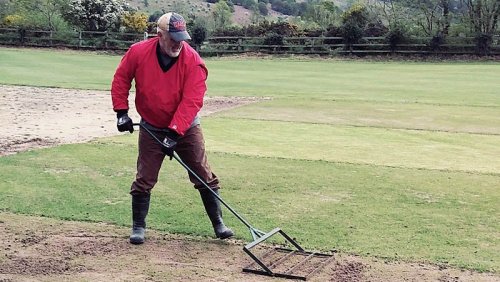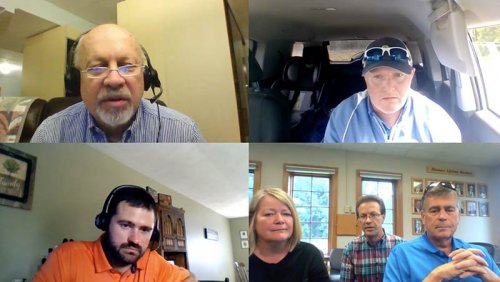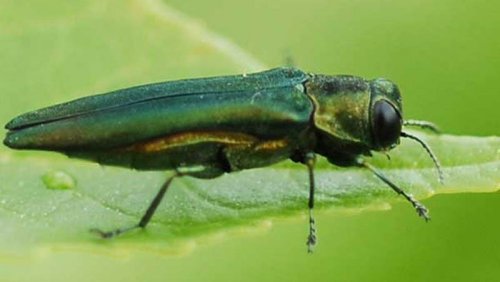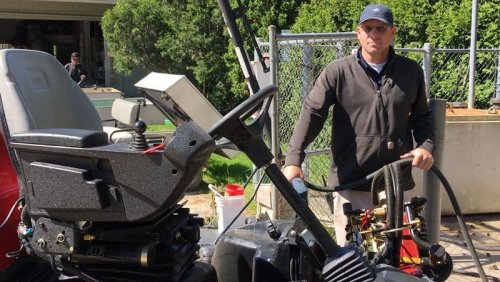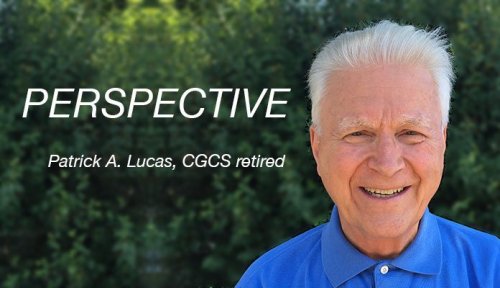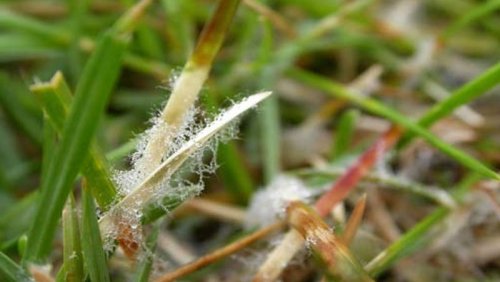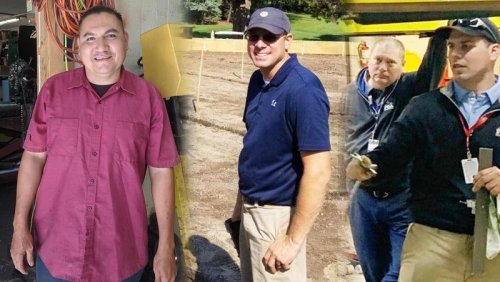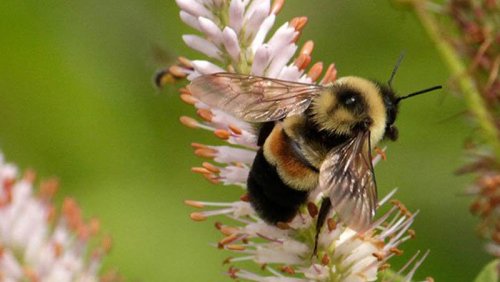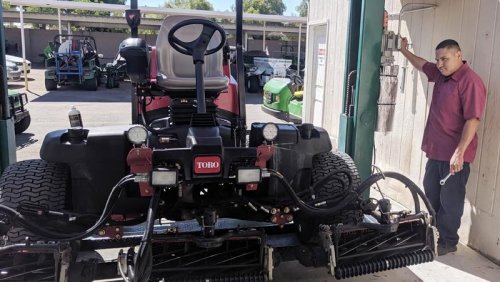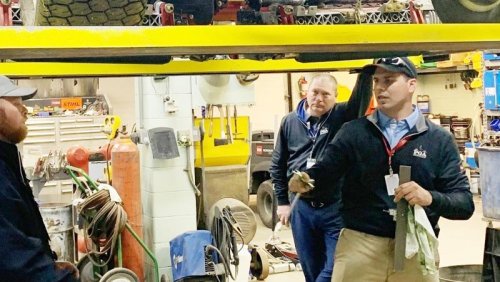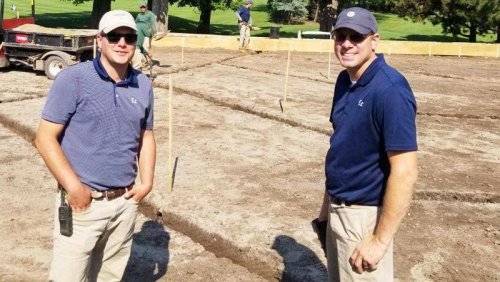
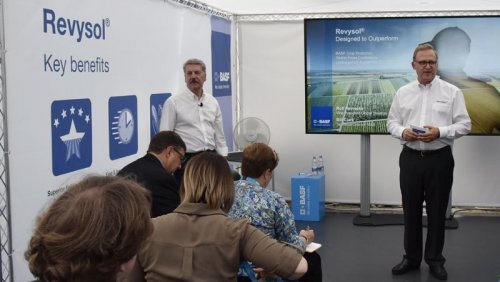
This new active ingredient is the first and only isopropanol azole of its kind in the market. The active ingredient provides fast-acting and long-lasting disease control for a broad range of disease combinations, including anthracnose, brown patch and dollar spot.
Unlike older DMIs on the market, Revysol fungicide is the first isopropanolazole, a unique chemistry with binding properties that make it 100 times more powerful than conventional triazole fungicides. It is the only triazole to be designated a Reduced Risk candidate by the EPA.
The active ingredient mefentrifluconazole is trademarked as Revysol and eventually will be available in two formulations, alone marketed as Maxtima or in combination with Intrinsic that will be called Navicon.
Revysol fungicide, which was OK'd for use in Europe in March, has a unique isopropanol link that can flex to control a broad spectrum of fungal diseases and DMI-resistant strains.
- Read more...
- 2,561 views

